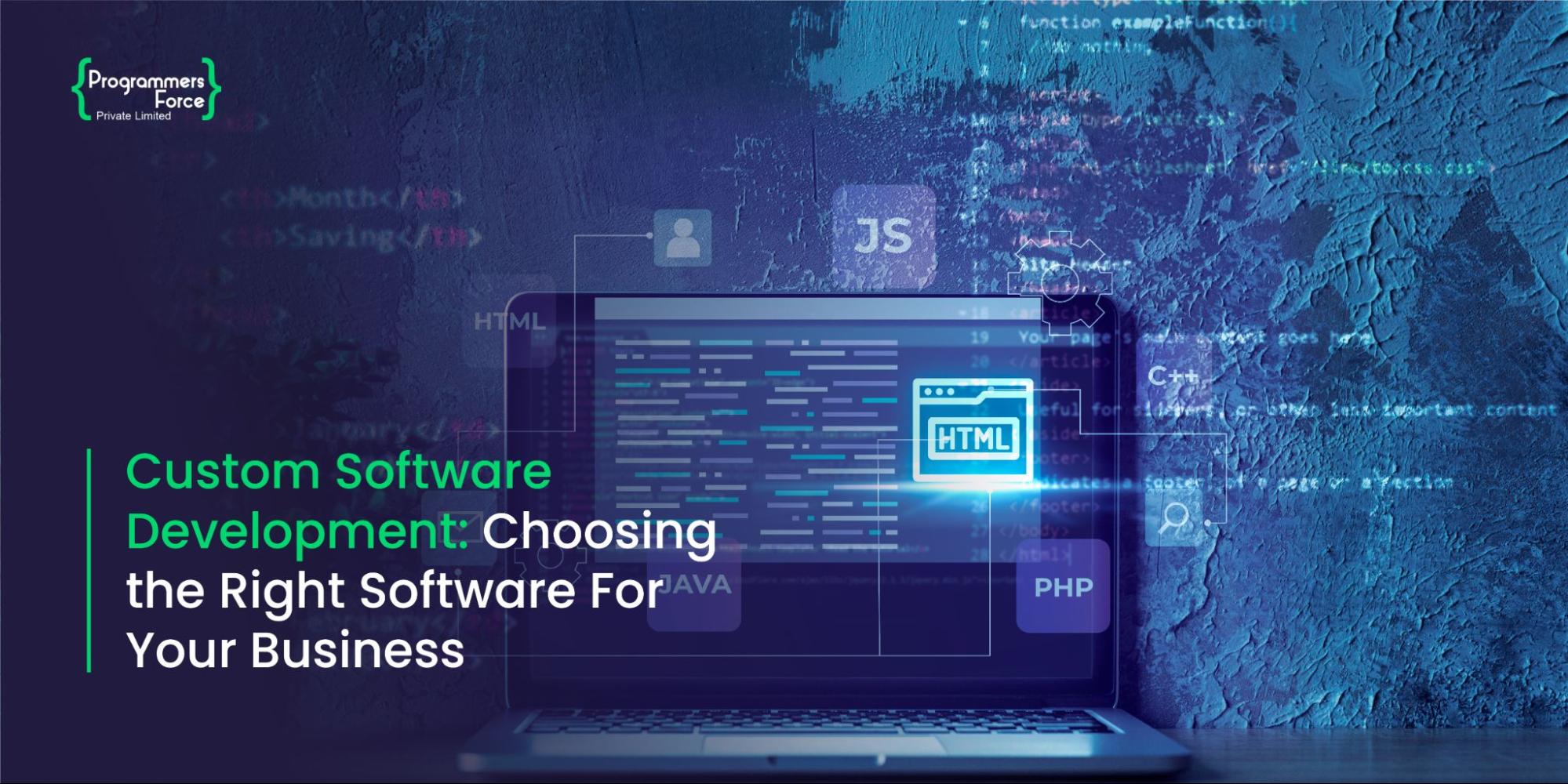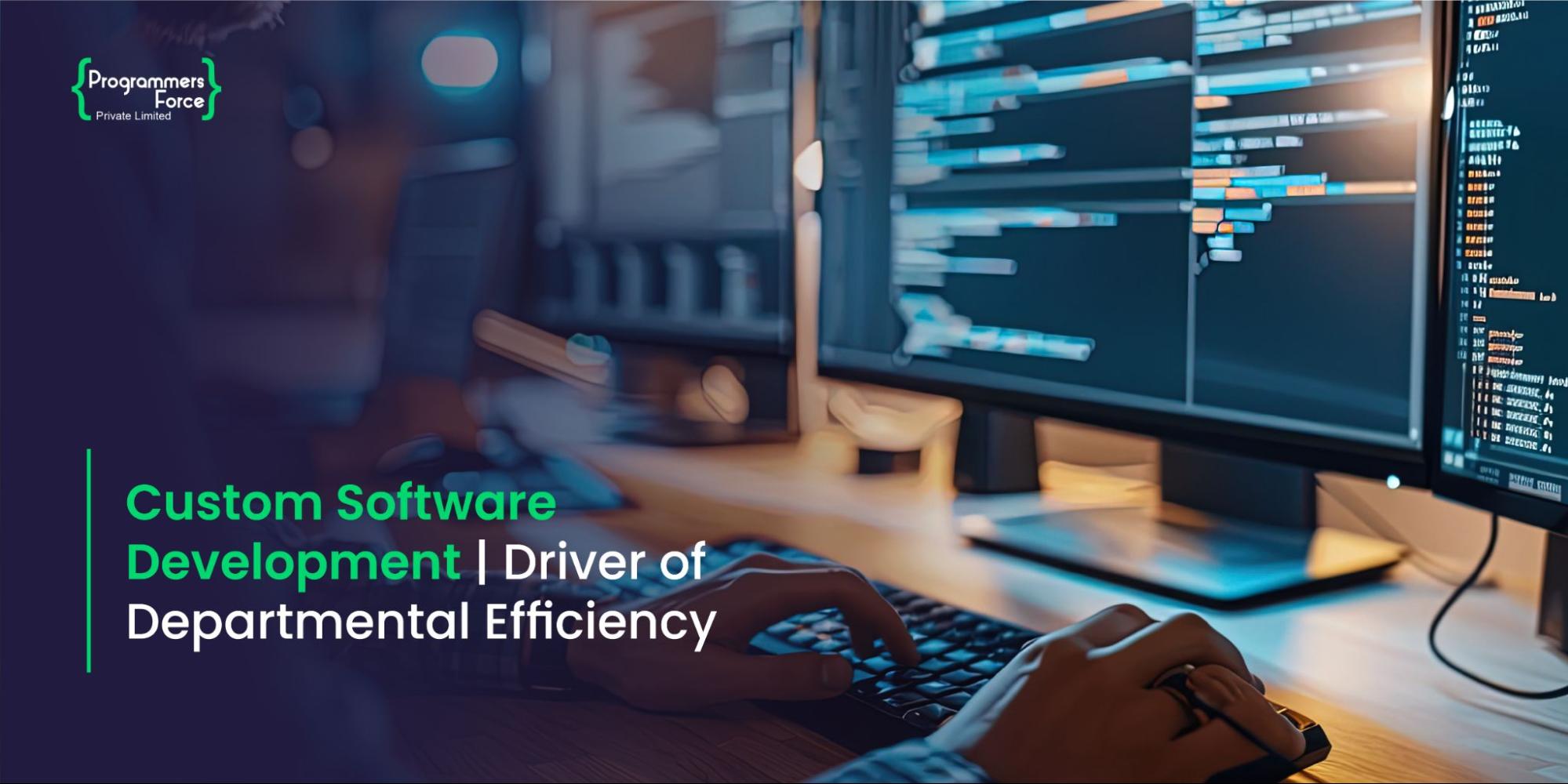
The Latest Trends and Innovations Reshaping Cloud Computing
Cloud computing is one of the trending approaches which took the tech industry by storm. The recent years have marked significant growth in the tech space with new tools and technologies, such as artificial intelligence, coming into play. These innovative tech solutions are causing a boom in almost every area of development, and cloud computing is no different. The global spending on the cloud computing market is expected to jump with a 21.7% increase as Infrastructure-as-a-Service (IaaS) takes the lead. Cloud computing is the new way of processing data without any interruptions and lag. This blog will discuss how cloud computing technology has changed over the years and why businesses need it to survive in the modern tech industry.
AI and Cloud Computing: A Revolutionary Pair
Artificial intelligence has emerged as a game changer in the tech world, and the year 2023 has sparked the mass adoption of this revolutionary technology. Every tech firm is implementing AI to stay ahead of its competitors. Cloud computing is an integral part of AI as it depends largely on server speed and data processing power. It is not false to say that AI depends on cloud computing. Cloud servers are used to manage large data sets on which AI operates and generate accurate output. With the use of the latest cloud computing tools and services, businesses can store large amounts of data securely, which ultimately will help them to enhance AI processing in business applications.
IaaS: The Need of Time
Infrastructure-as-a-Service (IaaS) is a cloud computing model which provides on-demand access to computing resources, including servers, networking, and virtualization. IaaS is an attractive solution for most firms looking for a fast cloud model, perfect for implementing AI solutions. With IaaS, firms can have on-demand access to highly scalable cloud computing resources as services over the Internet. It eliminates the requirement of third-party firms to configure, procure and manage the cloud automation server. Moreover, firms only have to pay for the services they use.
The Latest Cloud Computing Trends in 2023
Cloud-based software development has come a long way and today, it is one of the highly demanding fields. In 2023, the market is following the latest trends and innovations revolutionizing the cloud computing landscape. Here are the top 5 trending cloud solutions that every business needs to adopt right now.

Multi-Cloud
The first major trend in the cloud landscape is the multi-cloud approach. From small intricacies to large interface differences, no two cloud systems are the same. Each cloud server offers a particular function that processes a particular business operation. For businesses that work on large-scale software solutions, multi-cloud is the answer. It is where different public services from different service providers cover all the major business requirements. Just like multi-cloud, the hybrid model is also a service that allows more options for customization and can help firms avoid being locked with one third-party cloud service provider.
Serverless Architecture
Serverless architecture is a way to create applications without needing a server infrastructure. The application still runs on the server, and the management is well-maintained by the network service provider. A Serverless cloud computing model allows developers to focus on the core product instead of worrying about the back-end data processing and managing servers on runtime, either on the cloud or on-premises.
Automation
Cloud computing automation transforms the IT environment by streamlining and optimizing numerous processes. Organizations can automate the provisioning, configuration, and deployment of cloud resources with the emergence of Infrastructure as Code (IaC) and DevOps approaches, resulting in greater operational efficiency, less human error, and faster time-to-market for apps and services. Automation also provides auto-scaling, which allows firms to adapt resources dynamically based on demand, assuring optimal performance and cost-effectiveness. Furthermore, automation is critical in security and compliance since it allows for continuous monitoring, threat detection, and incident response, improving overall cybersecurity posture.
Cybersecurity
Because of the inherent hazards of storing and accessing sensitive data in a shared environment, cybersecurity is a top concern in cloud computing. Cloud computing has substantially altered the cybersecurity landscape by offering new challenges and opportunities. On the one hand, the cloud offers advanced security features like encryption, access restrictions, and identity management that can be more robust and cost-effective than on-premises systems. However, due to the complexity of cloud systems, enterprises must adjust their security strategies to focus on cloud-specific threats such as misconfigurations, data breaches, and insider assaults. With developments in cloud security tools, technologies, and best practices, the cybersecurity industry is developing to solve these concerns as cloud use continues to climb.
Disaster Recovery
Disaster recovery (DR) in cloud computing has transformed how businesses plan for and mitigate the effects of future calamities. Traditional disaster recovery techniques sometimes entailed complex and costly infrastructures requiring duplicate hardware, specialized offsite locations, and lengthy manual operations. However, cloud-based disaster recovery provides more cost-effective and scalable alternatives. Businesses can replicate important systems and data in real time by using the cloud’s flexibility and resilience, allowing for speedier recovery times and minimum data loss in the case of a disruption. Cloud-based disaster recovery also allows firms to perform periodic testing and validation, assuring the effectiveness and durability of their recovery strategies. As a result, firms can improve their resilience and reduce downtime, ultimately boosting business continuity in the face of unanticipated catastrophes.
How Programmers Force Can Help
To summarize, the cloud computing technology trends of automation, cybersecurity, and disaster recovery are changing the IT sector. Automation improves cloud operations’ productivity, scalability, and security, allowing businesses to optimize procedures and respond to changing demands. With sophisticated security features and specialized tools tackling cloud-specific threats, cloud cybersecurity presents new opportunities to strengthen security. Cloud-based disaster recovery provides enterprises with cost-effective and scalable options for mitigating the effects of disruptions and ensuring business continuity. As cloud computing evolves, these themes will continue to define the environment, encouraging innovation and enabling enterprises to explore the cloud while addressing security and reliability concerns fully. Looking for cloud computing solutions to transform your business? Contact us now.










